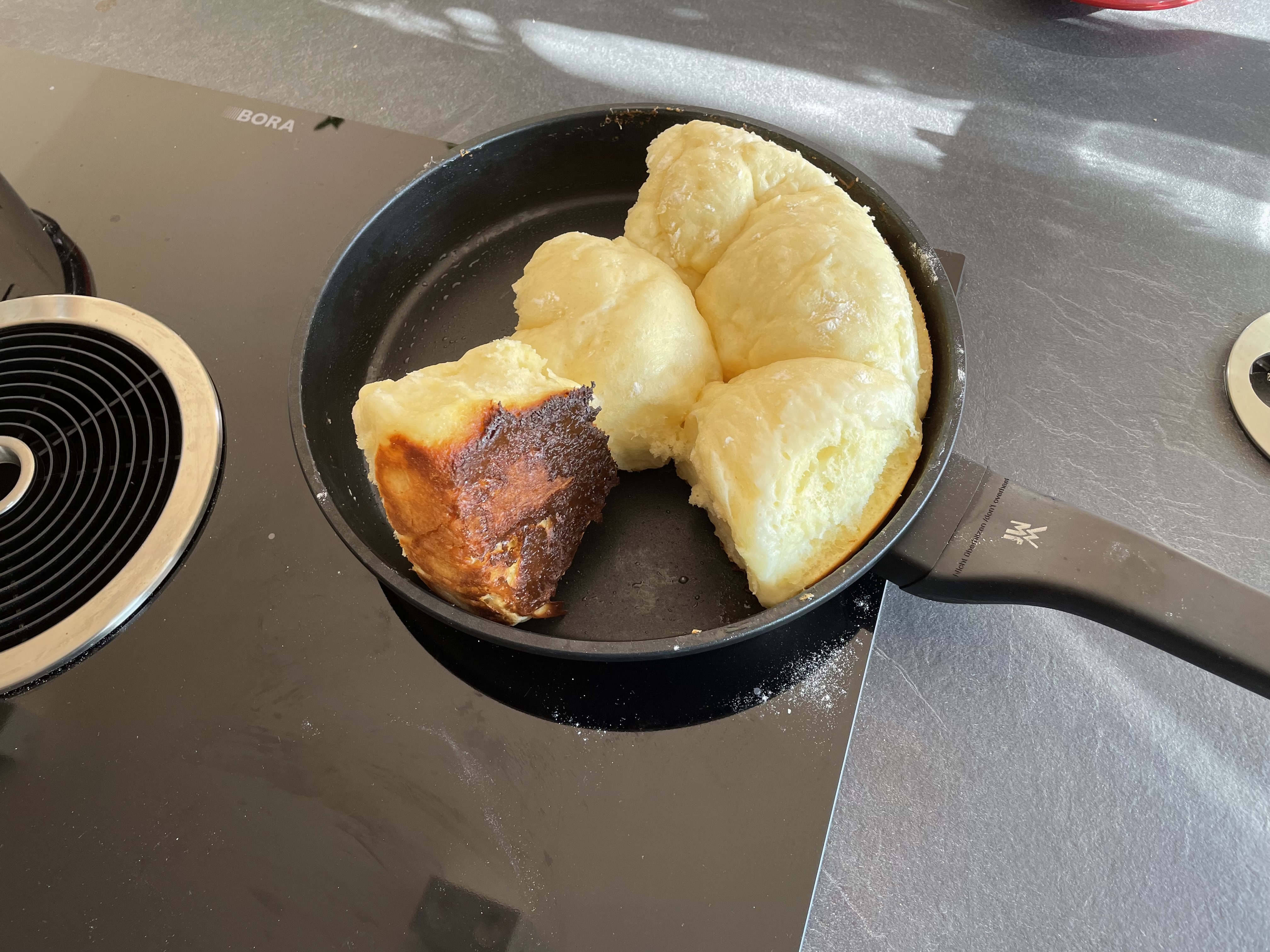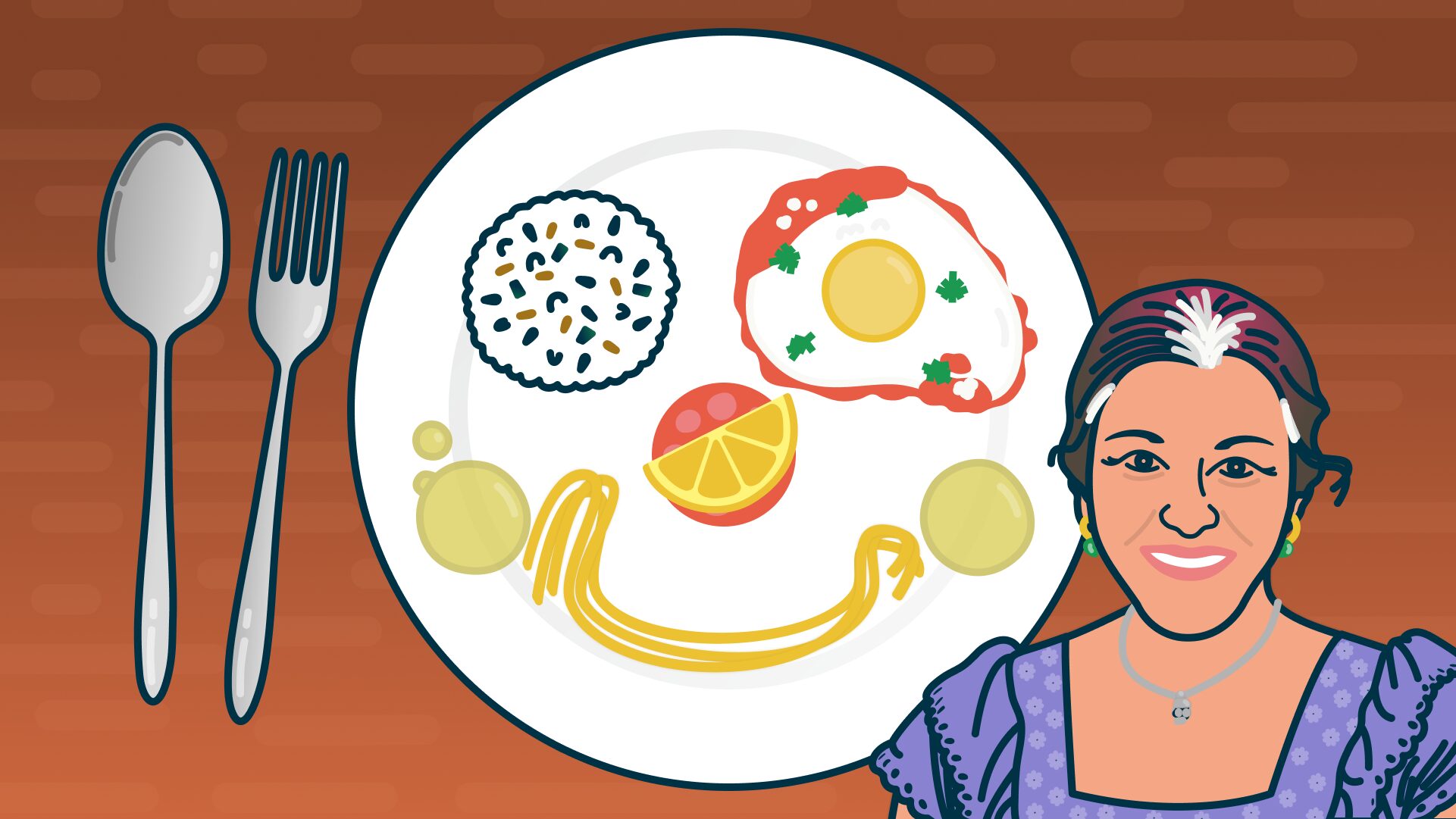Food is more than just something we eat. It reflects culture, history, personality, and stories that shape who we are and how we connect with the world. At Lipotype, we have a weekly team tradition where someone shares something related to a chosen theme and one of our favorite series was the “Happy Food” series. Everyone took turns sharing a favorite recipe that makes them happy, and if possible, brings it in for the team to try during our weekly team meetings.
How the Happy Food Series Started
Christina Avdi, our office manager at Lipotype, came up with the idea of creating a new series to make our team meetings more relaxed and give everyone a chance to share things outside of work. Kai Simons, our CEO, initially suggested a series to talk about our favorite books in team meetings, which Christina then broadened into a “Magic Moments” series and people shared not just books, but also movies, concerts, theater, and video games that inspired them. After that series ended, she introduced the “Happy Food” series, focused on childhood comfort foods. She asked participants to share not only a recipe, but also, if possible, bring a sample to share.

Christina says:
“There is an interesting German saying that goes ‘Love passes through the stomach’. Food is not only nutrition, but it can also transport you back to happy childhood memories or provide comfort in times of need!”
Christina Avdi
Office Manager
What the Happy Food Series Means to Us at Lipotype
This Happy Food Series means a lot to us because it helped us to get to know each other better, especially when many of us are from many different countries and regions. It also made meetings more engaging and something to look forward to. Thanks to this series, we’ve learned more about each other’s cultures, family traditions, and personalities. Some people even discovered new favorite dishes!
Here are some of the dishes introduced at the weekly Happy Food session: spaghetti with lemon sauce, shakshuka, strudel trentino á la mamma Lucia, sächsische eierschecke, tomato pasta, Obatzda, maple syrup, tibicos, dampfnudeln, stuffed spaghetti pumpkin, rice balls, and the list goes on! Here’s a sneak peek at two dishes from our Happy Food series.
Sächsische Eierschecke (Saxonian Cheesecake)

Sächsische Eierschecke, also known as the Saxonian Cheesecake, is a dessert introduced by Ines Kaestner, Lipotype’s Head of Finance. It is a special layered cake from Saxony and Thuringia with a base layer of cake, a middle layer of quark-based cheesecake and a top layer of vanilla custard. There are many variants and here is how to make one in Ines’ style layer by layer!
To make this cheesecake, start by making a dough using flour, sugar, quark, milk, oil, and baking powder, then roll it out on a deep baking sheet. Mix more quark with a bit of flour, sugar, an egg, milk, and raisins if you want, and spread it over the dough. Cook vanilla pudding, let it cool slightly, then mix in butter, egg yolks with sugar, and folded-in stiff egg whites. Pour this on top as the final layer. Bake until golden and enjoy!
Did you know lipids are essential to a healthy diet?
Lipids are an essential part of our diet, as they are a source of energy, essential fatty acids, and fat-soluble vitamins (A, D, E, K). For instance, camelina, flax, and hemp oils have unique lipid profiles that can reveal composition changes.
Tibicos (Water Kefir) & Dampfnudeln (German Yeast Dumpling)

There are many foods you can cook using yeast dough, such as Rohrnudel (Bavarian hot cross buns), Dampfnudel (German yeast dumpling), Germknödel (fluffy yeast dough dumplings), and so on. In our Happy Food series, we were introduced to Dampfnudeln (German yeast dumpling) as well as Tibicos, which is also known as water kefir.
Dampfnudel is a type of dumpling enjoyed as either a meal or dessert in Germany. The yeast dough is usually made from white flour, water, yeast, salt, butter or margarine, and sometimes eggs and a bit of sugar.
Tibicos is a traditional fermented drink made with water and a symbiotic culture of bacteria and yeasts embedded in a polysaccharide biofilm matrix created by the bacteria. It is typically brewed at home as a probiotic beverage. When bottled, the finished drink becomes naturally carbonated.
Why do scientists study yeast with lipidomics?
Lipidomics is essential for quantifying lipid metabolism and membrane biology in yeast studies and is used to examine how growth conditions affect the yeast lipidome.
Curious about more dishes and their recipes from the Lipotype team? We are working on something special! Follow Lipotype on social media and stay tuned for updates!




